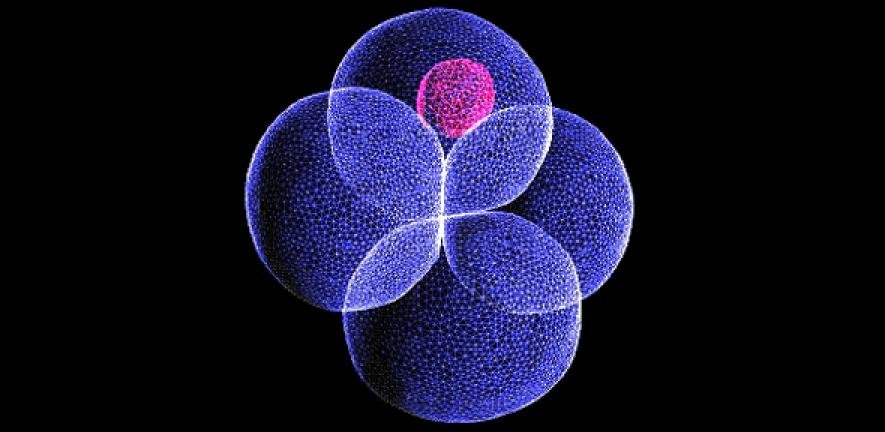In a pivotal breakthrough, scientists at the Institut Curie have overturned long-held assumptions about human embryo development.
In a pivotal breakthrough, scientists at the Institut Curie have overturned long-held assumptions about human embryo development. Their research, published in Nature, highlights the pivotal role of cell contraction in embryo compaction, shedding new light on assisted reproductive technology (ART) and potentially revolutionizing its success rates.
Embryo compaction, a crucial step occurring around four days after fertilization, involves cells coming together to form the embryo’s initial structure. Previously, it was believed that a lack of cell adhesion was the primary culprit behind compaction issues. However, the Institut Curie team’s findings reveal that cell contraction is the driving force behind this process.
Dr. Jean-Léon Maître, head of the Mechanics of Mammalian Development team at Institut Curie, emphasized the significance of compaction in ART. Clinicians rely on observing compaction as an indicator of embryo viability during in vitro fertilization. Embryos that fail to compact adequately exhibit lower implantation rates, impacting the success of ART procedures.
ART encompasses various fertility treatments involving eggs or embryos, excluding procedures for egg production stimulation. The study’s implications extend to refining ART practices, potentially enhancing success rates by focusing on cell contractility rather than adhesion issues.
Maître outlined potential applications of the research in ART procedures, such as pre-implantation genetic testing. By probing the mechanical properties of embryos before testing, clinicians could improve the selection process for embryos at risk of genetic abnormalities.
The researchers’ approach involved mapping cell surface tension in human embryonic cells using innovative techniques. By applying controlled pressure to cells, they observed distinct patterns of tension associated with compaction. Notably, inhibiting cell contractility hindered compaction, underscoring its significance in the process.
While previous studies have examined similar mechanisms in animal embryos, this research marks the first demonstration of cell contraction’s role in human embryonic development. Moving forward, the researchers advocate for further exploration of physical properties in human embryos to refine our understanding of early development stages.
Maître expressed optimism about future studies, envisioning expanded research into human embryo properties with minimal risk to precious samples. As scientists continue to unravel the complexities of embryonic development, these insights hold promise for advancing both reproductive medicine and our understanding of human life’s earliest stages.
